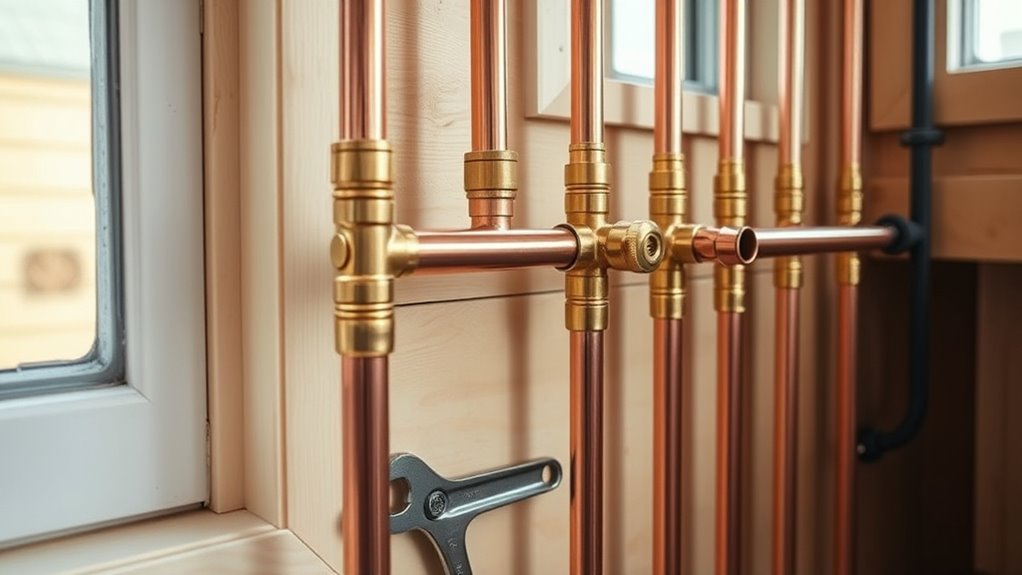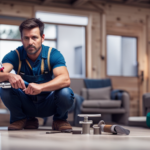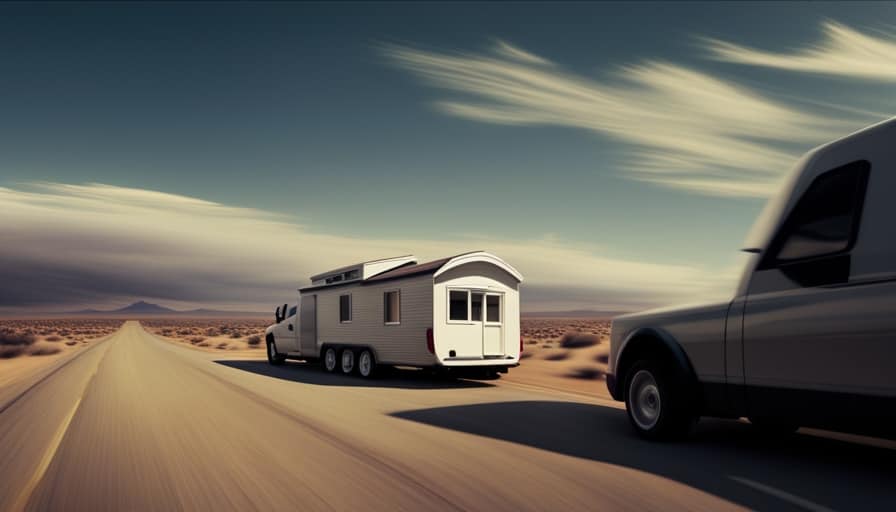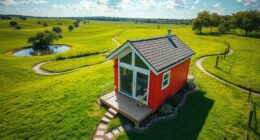Imagine turning on your tap in your tiny home and nothing happens — frustrating, right? Setting up a reliable plumbing system in such a small space can seem intimidating, but with careful planning, you can avoid common issues and make it stress-free. The key is understanding the step-by-step process that helps you design a system that’s efficient, sustainable, and easy to maintain. Ready to find out how?
Key Takeaways
- Design a simple, accessible plumbing layout prioritizing strategic pipe placement and shut-off valves.
- Incorporate solar-powered pumps and heaters to ensure eco-friendly, reliable water supply.
- Insulate pipes and water heaters to prevent freezing and improve energy efficiency.
- Use low-flow fixtures and water-efficient systems to minimize water waste.
- Schedule regular inspections and maintenance to catch issues early and ensure system longevity.
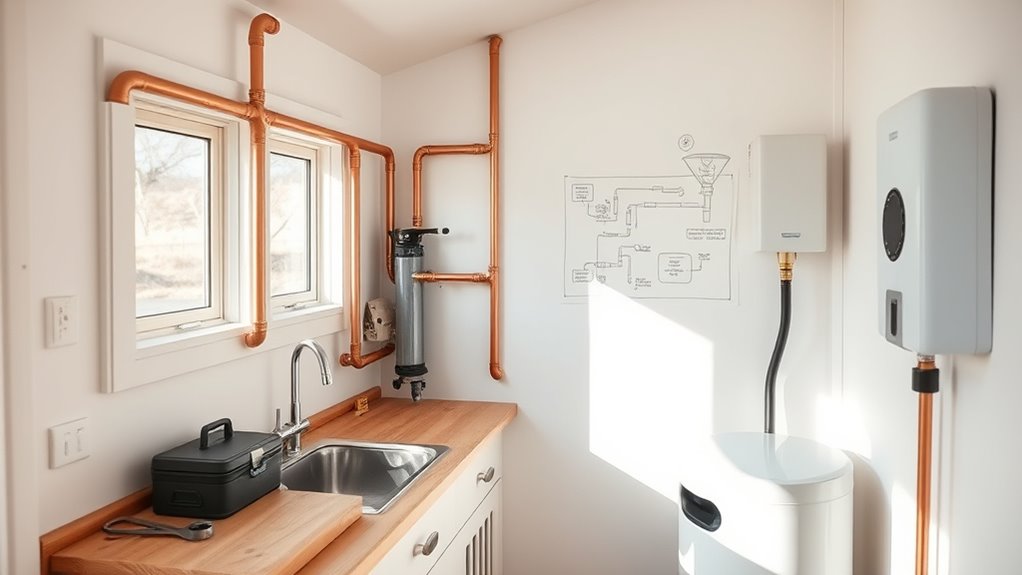
Living in a tiny house doesn’t mean sacrificing reliable plumbing; with proper planning, you can avoid the common dramas that come with small-scale systems. The key is designing a system that’s efficient, sustainable, and tailored to your needs. One smart way to enhance your tiny house’s independence is by integrating solar power into your water system. Solar-powered pumps and water heaters can reduce your reliance on external energy sources, making your setup more eco-friendly and cost-effective. When choosing solar equipment, guarantee it aligns with your energy demands, and install sufficient panels to power your water pump, heating, and any other electrical components. This way, you’ll keep your plumbing operational even during cloudy days, giving you peace of mind.
Enhance your tiny house’s independence with solar-powered water pumps and heaters for reliable, eco-friendly plumbing.
Another essential aspect is insulation, which isn’t just for keeping your home warm; it also plays an indispensable role in maintaining the integrity of your plumbing. Proper insulation techniques around pipes prevent freezing during cold months and reduce condensation that could cause leaks or mold. Use foam pipe insulation or wrap pipes with heat tape in colder climates to safeguard against winter damage. Additionally, consider insulating your water heater and storage tanks to improve energy efficiency and prevent temperature fluctuations that might affect water flow. Adequate insulation also minimizes noise from water running through pipes, creating a quieter living environment.
Planning your plumbing layout thoughtfully helps avoid future headaches. Position your pipes close to your water source and heat sources to minimize heat loss and maximize efficiency. Keep pipes accessible for maintenance and repairs—hidden or cramped spaces make fixing leaks tricky. Incorporate shut-off valves at strategic points so you can isolate sections without shutting down the entire system, especially useful in tiny homes where space is limited. When it comes to water conservation, install low-flow fixtures and consider a composting or greywater system to reduce water usage and waste.
Finally, regularly check your system for leaks, insulation integrity, and solar equipment performance. Routine maintenance prevents small issues from escalating into major dramas, saving you time and money down the line. Understanding retail hours can help you plan timely visits for supplies and maintenance, ensuring your system stays in top condition. By combining solar power, proper insulation techniques, and thoughtful design, you create a tiny house plumbing system that’s reliable, efficient, and resilient—allowing you to enjoy the simplicity of tiny living without the stress.
Conclusion
By following these steps, you’ll keep your tiny-house plumbing smooth sailing, like a well-oiled steampunk gadget. Regular checks and maintenance will help you avoid any drama, so your system stays reliable and eco-friendly. Remember, a little planning now saves a lot of headaches later—think of it as your trusty compass in uncharted waters. With patience and care, your tiny-home plumbing will serve you well, making your cozy oasis truly stress-free.
Hi, I’m Emma. I’m the Editor in Chief of Tiny House 43, a blog all about tiny houses. While tree houses are often associated with childhood, they can be the perfect adult retreat. They offer a cozy space to relax and unwind, surrounded by nature. And since they’re typically built on stilts or raised platforms, they offer stunning views that traditional homes simply can’t match. If you’re looking for a unique and romantic getaway, a tree house tiny house might just be the perfect option.
